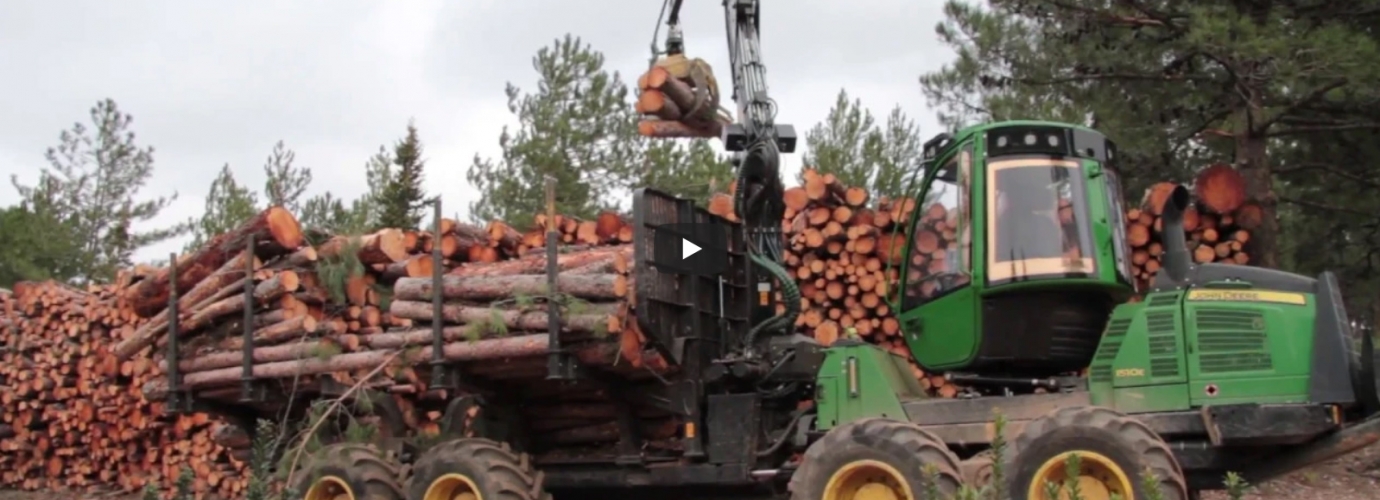Share the costs of forestry use and the construction of forest roads for fire-fighting purposes
ISSUES:
Reconciling the development of the wood industry, fire risk prevention, maintenance of public infrastructure and sustainable forest management.
TARGETS:
- Coordinate and harmonize the actions of forestry actors and operational methods:
- Pool investments in maintaining the DFCI infrastructure with investments in forest management
- Grouping of public / private cuts
- Encourage sustainable forest management by participating in the fight against fire risk:
- Promote ways of cutting light for greater environmental resilience and the consensus of the actors involved
- Improve the economic conditions of exploitation by the economies of scale obtained by optimizing the use of forest land by:
- Expansion of the cutting areas to include small plots whose isolated exploitation would not have been achieved due to lack of profitability
- Grouping of sections of private, municipal and / or state land
ACTION:
It is to respond to these complex and overlapping problems that, with the support of the Provence Region and the Département du Var et d'Uniper, the Syndicat Mixte du Massif des Maures has started and coordinated a pilot partnership experiment in the municipality of Môle between 2017 and 2018.
The Lairé slope is a strategic road network for its vocation as a fire-fighting role (DFCI - pistes de Défens des Forêts Contre les Incendies). It is also of particular interest in terms of service for deforestation. In order to maximize social support for the project and optimize the coordination of stakeholders, a multi-structure partnership has been established in order to make this an exemplary operation for the use of the DFCI slopes as part of sustainable forest management.
To achieve economies of scale, concentrate the passage of forestry machines on the DFCI roads and plan a more delicate cut on the natural environment, the first task was to try to group together the various possible deforestation works. To do this, in agreement with the Municipality of La Môle, the National Forestry Office (ONF) has included municipal and state forests in the project. In parallel, after an initial diagnosis of the land, all private owners whose plots represented forest development potential were asked by the CRPF, the ASL SV and the SPFSV to join the project for the grouping of the cutting works.
In order to respect the integrity of the landscapes and ecosystems, the forest managers - ONF and ASL SV - carried out "remediation" following an environmental impact assessment. Unlike the clean cuts, these consist in cutting only a part of the trees per plot of land. Furthermore, in order not to increase the risk of fire, the technique of "grinding whole trees" was used. This made it possible to eliminate the branches on the ground, thus reducing the flammability of the undergrowth after harvesting.
Competent in the field of forest defense infrastructure against fires, the Gulf of Saint-Tropez community has adapted its action program. Track maintenance and "fuel cutting" have been made consistent with deforestation, to take advantage of it.
Aware that it represents the second most wooded department in France, the Var County Council has invested heavily in the project. He hired his construction machinery to prepare the track upstream and restore it after the site. In addition, in order to generalize good practices, he set up tools for a good use of the DFCI tracks for the forestry service and disseminated them to all the owners of the DFCI project in Var.
DOWNLOAD PDF:
- Assessment of the balance sheet and reproducibility of the transaction_(FR)
- Final Report of the Project_(FR)
- Article on the revision of the Mediterranean forests (n ° 2-2019)_(FR)
- France 3 Report_(FR)


